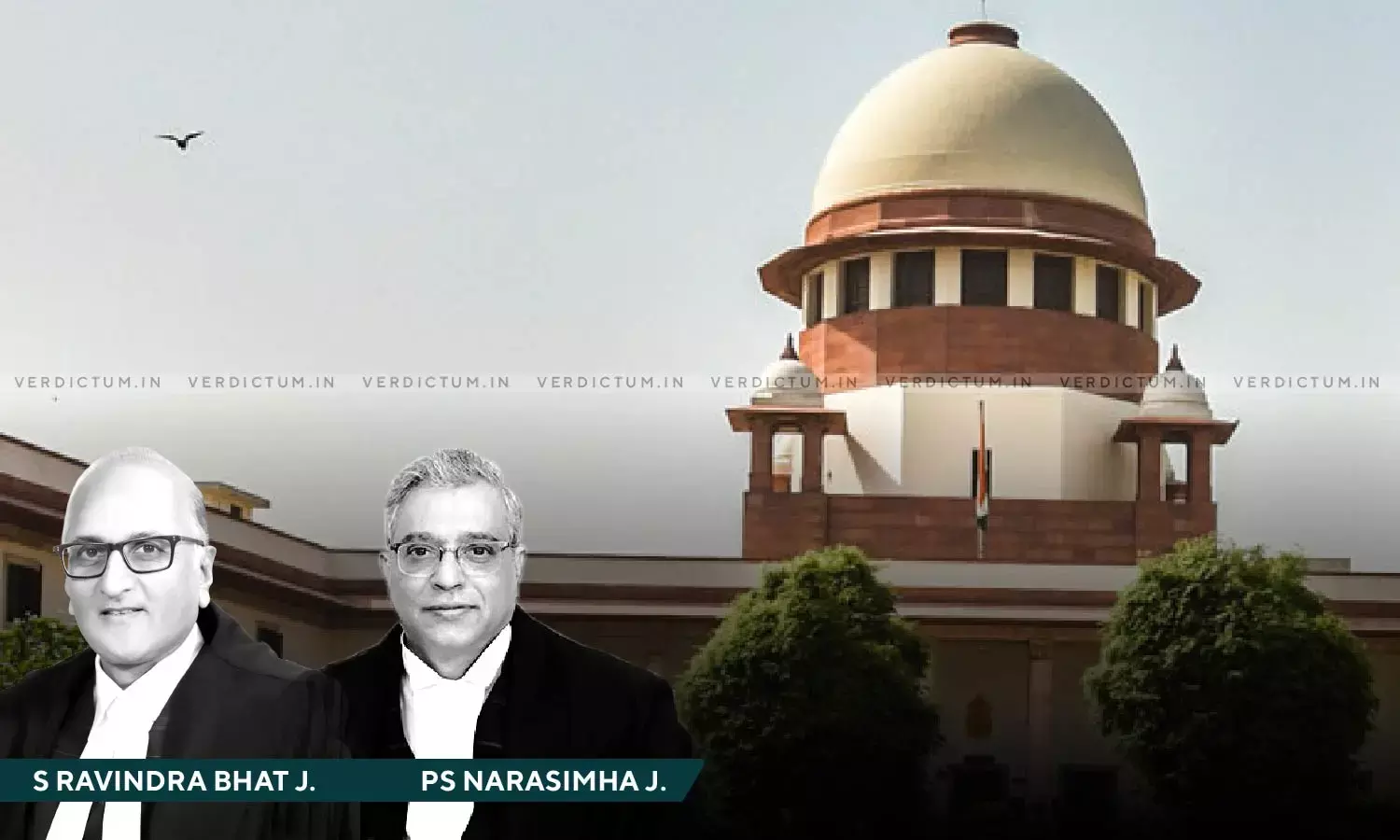'Last Seen' Cannot Be Sole Basis For Conviction, Each Circumstance To Be Proved Beyond Reasonable Doubt- SC Reiterates

The Supreme Court while setting aside the conviction of the murder accused observed that the ‘last seen’ theory cannot be the sole basis for conviction as it had limited application, where the time lag between the time the deceased was last seen with the accused, and the time of the murder was narrow.
The Bench of Justice S. Ravindra Bhat and Justice Pamidighantam Sri Narasimha observed that “A basic principle of criminal jurisprudence is that in circumstantial evidence cases, the prosecution is obliged to prove each circumstance, beyond reasonable doubt, as well the as the links between all circumstances; such circumstances, taken cumulatively, should form a chain so complete that there is no escape from the conclusion that within all human probability, the crime was committed by the accused and none else; further, the facts so proved should unerringly point towards the guilt of the accused.”
In this case, on October 10, 1999, a dead body of a 7-year-old boy Haseen was found in the sugarcane field in Village Naryanpur. The appellants were accused of committing the murder of the boy and were convicted and sentenced to life imprisonment by the Trial Court. Their conviction and sentence were upheld by the High Court. Aggrieved by the judgment of the High Court, the appellants approached the Apex Court.
Advocate Vikrant Singh Bais appeared for the appellants and Advocate Sudarshan Singh Rawat appeared for the respondents.
The Apex Court noted that the conviction was solely based on the ‘last seen theory’ i.e., the testimonies of prosecution witnesses who claimed that they had seen the deceased last with the appellants-accused on October 9, 1999, a day after the deceased went missing and observed that the witnesses despite noticing the deceased in the company of the two accused and despite having heard a cry from the deceased, did not look back.
“Therefore, his behaviour in not interceding upon seeing the boy in the company of the accused, early morning, away from his house – given that the boy was only 7 years, is unnatural. It is also unnatural that since the prosecution- and PW-1’s allegation is that the accused had a previous enmity with him, PW-5, a close relative, was neither surprised nor did anything to intervene when he saw the boy in the company of the first two appellants.” observed the Apex Court.
The Apex Court further said that “In the present case, save the “last seen” theory, there is no other circumstance or evidence. Importantly, the time gap between when the deceased was seen in the company of the accused on 09-10-1999 and the probable time of his death, based on the post mortem report, which was conducted two days later, but was silent about the probable time of death, though it stated that death occurred approximately two days before the post mortem, is not narrow. Given this fact, and the serious inconsistencies in the depositions of the witnesses, as well as the fact that the FIR was lodged almost 6 weeks after the incident, the sole reliance on the “last seen” circumstance (even if it were to be assumed to have been proved) to convict the accused-appellants is not justified.”
Accordingly, the appeal was allowed and the conviction was set aside.
Cause Title- Jabir & Ors. v. State of Uttarakhand
Click here to read/download the Judgment

